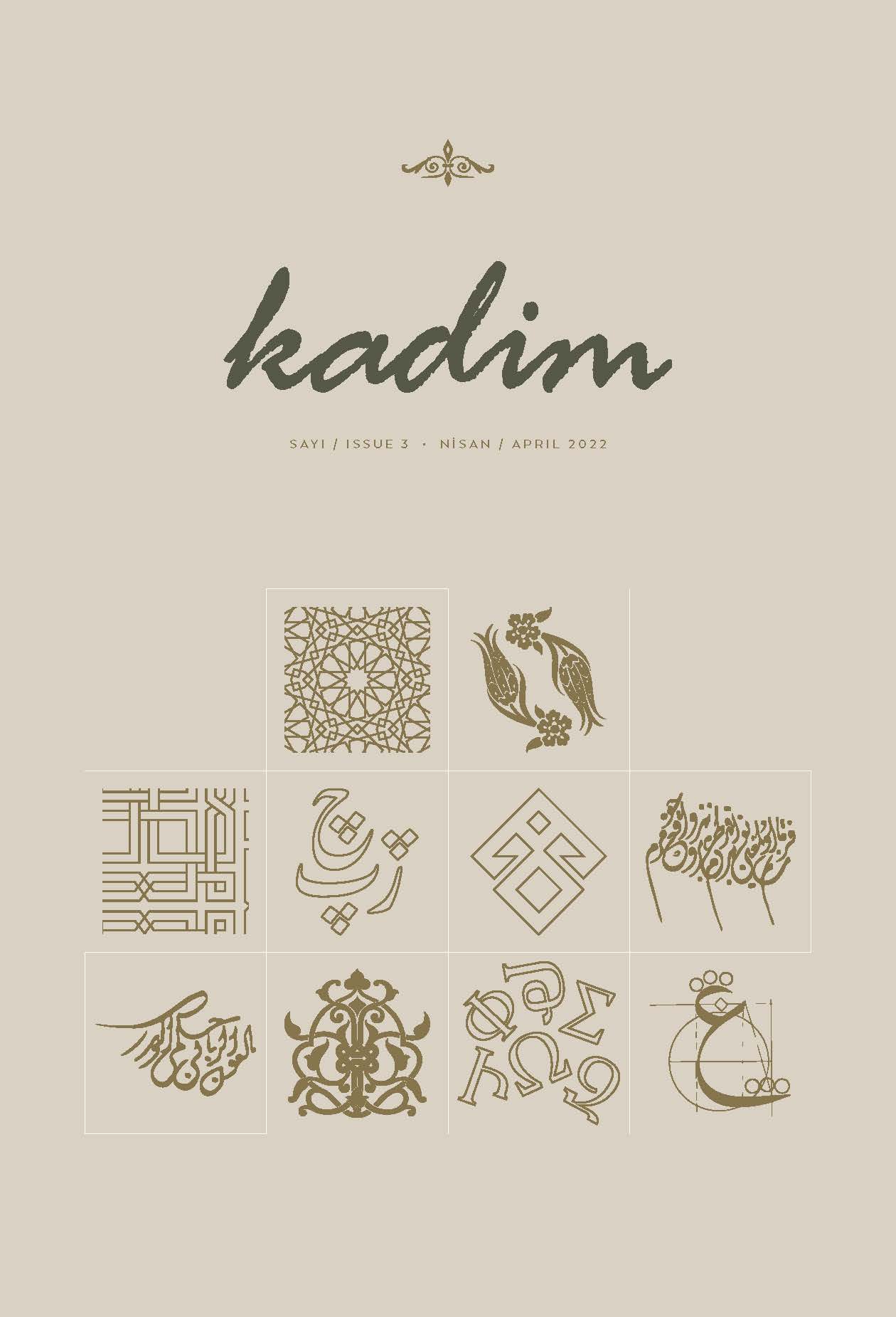Klasikten Moderne Osmanlı Değirmenciliği
Ottoman Milling from Classical to Modern Times
Author(s): Salih BaşkutluSubject(s): Economic history, Social history, The Ottoman Empire
Published by: Burhan Çağlar
Keywords: Milling; Ottoman Milling; Steam Mill; Technological Transformation; Tradational Milling;
Summary/Abstract: This article explores flour milling in the Ottoman State from traditional grinding techniques to modern grinding technologies. Although it investigates the historical progress of flour milling in general, the study aims to draw attention to the technological transformation in the milling industry. This scope focuses on the milling types used in the Ottoman world during the premodern periods. Secondly, it uncovers its milling activities and tax policies. Then, the article examines the emergence, development, operating systems, and legal structure of steam mills concerning industrialization efforts. To this end, it studies the competition between traditional mills and steam mills, its causes, and its effects on society. The study presents drawings of the mill models based on the documents found in Ottoman State Archives and to other sources. Grinding the grains with vital importance and serving them to public consumption was one of the primary concerns of the Ottoman State. For this reason, they operated water, wind, and muscle-powered mills for a long time. The emergence of industrialization brought about steam mills with high production capacity. The Ottomans, accordingly, followed the developments carefully to provide the citizens with healthier and hygienic flour with new production models.
Journal: Kadim
- Issue Year: 2022
- Issue No: 3
- Page Range: 209-240
- Page Count: 32
- Language: Turkish

